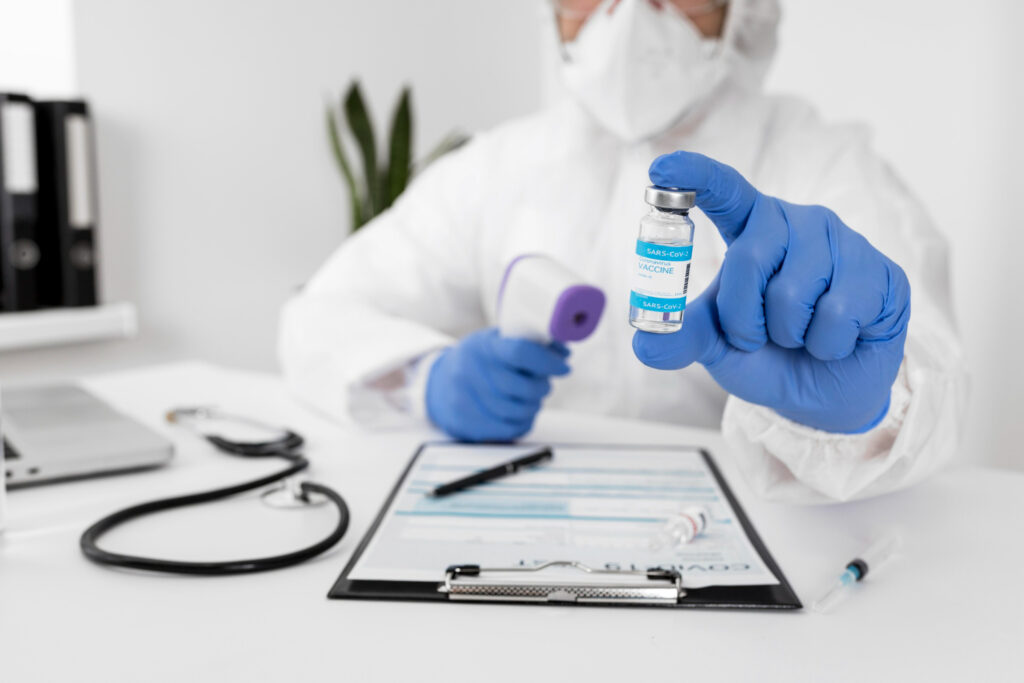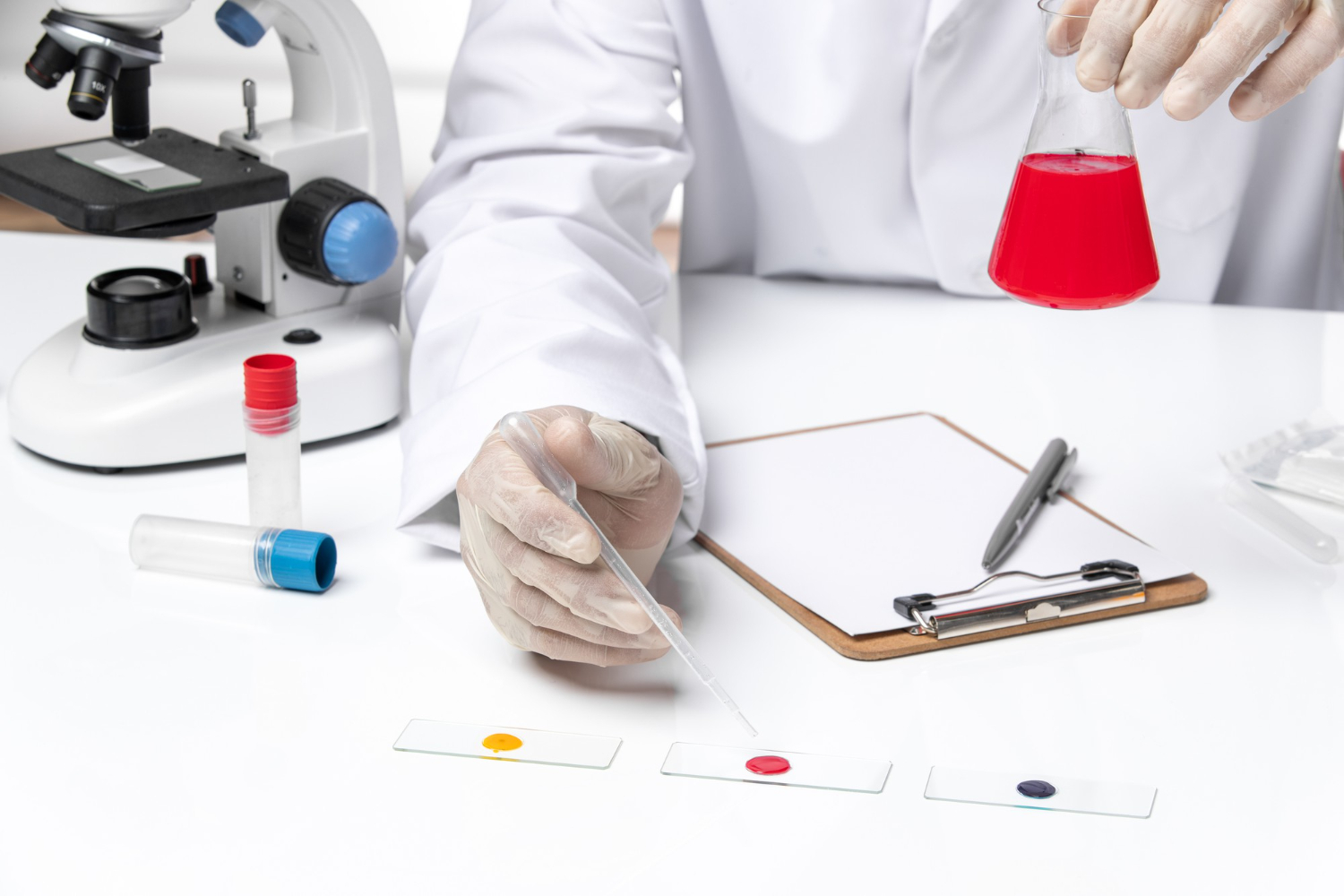A safe, healthy, and productive workplace is essential to a company’s success in today’s world. Staff drug testing is an appropriate strategy for maintaining the safety of this location. The Staff Drug Testing Program assists businesses in monitoring the drug usage of their employees and reducing the number of substance addiction problems. These days, many companies have drug testing programs for their employees to keep them safe and avoid legal issues.
Staff Drug Testing: What Does It Mean?
Drug testing for staff members may entail testing urine, saliva, or blood for the presence of alcohol or drugs. It is often included as a component of a workplace strategy that aims to protect the corporation as well as the health and safety of its workers. Typically, this testing is carried out with great care and organization to guarantee that all workers are treated fairly.
The Staff Drug Testing Program is beneficial to businesses since it helps to reduce the usage of drugs and increases productivity. When it comes to work performance and safety, using drugs or alcohol may be detrimental. By implementing this program, employers can enhance worker conditions, enforce industry standards, and reduce the number of accidents that occur in the workplace.
Why Is It Important for Companies to Run Drug Tests?
Drug testing of employees benefits employers and workers, making it an essential component of workplace health and safety. There are five primary advantages attached to company drug testing systems:
• Drugs have the potential to compromise worker safety. There is a correlation between a drug-free workplace and a reduction in the number of accidents and injuries that occur in the workplace, particularly in the construction and manufacturing industries. They may make more errors, work more slowly, or lose motivation.
Drug testing helps employees remain engaged and productive. Employers have a responsibility to safeguard both their staff and their visitors. Drug testing may assist businesses in avoiding legal complications that may arise as a result of accidents or employees who are under the influence of alcohol.
• Employers can better assist their workers who are struggling with substance addiction if they notice drug use at an earlier stage. This may enable persons to work again and seek assistance, preventing more serious problems.

Testing Procedures for Drugs
There are advantages and disadvantages associated with each drug testing method in the workplace. Let’s take a look at some of the most common approaches to drug testing for employees:
Urine test : The most common drug test is the urine test, which is also the most common. In addition to opiates, it has discovered weed, cocaine, amphetamines, and other drugs. Urinalysis is a reliable test since it can identify drug use that occurred at least a few days earlier.
The Hair Follicle Test is a method that may detect drug use for up to ninety days by analyzing hair samples. This process needs just a very little hair, which makes it less invasive than other methods. This facilitates the identification of long-term drug use.
The saliva test is a straightforward and non-invasive method of testing. Within a few hours to a few days, it may identify the most recent drug use in the workplace via the use of drug testing. Data is often sent in minutes, which benefits businesses that want information in a hurry.
Tests for Alcohol and Drugs in the Blood: The quantity of a chemical present in your body may be accurately measured via blood testing. After industrial mishaps, they are used for exact measurements, and they are also utilized for screening for chemicals that are not present in urine or saliva.
A breath alcohol test is used to determine whether or not an employee is intoxicated in the workplace when there is a lot of drinking. Analyzers that test alcohol in the breath are called breathalyzers. This method results in a more comprehensive evaluation when used in conjunction with other examinations.
Conclusion:
Employee drug testing assures both the business’s safety and its employees’ productivity. Drug testing systems have the potential to detect problems at an earlier stage, safeguard personnel, and encourage honesty and safety. Businesses can choose the most effective monitoring methods to maintain their workforce’s health, dependability, and concentration. Both employee performance and the success of the organization are improved by drug testing.

